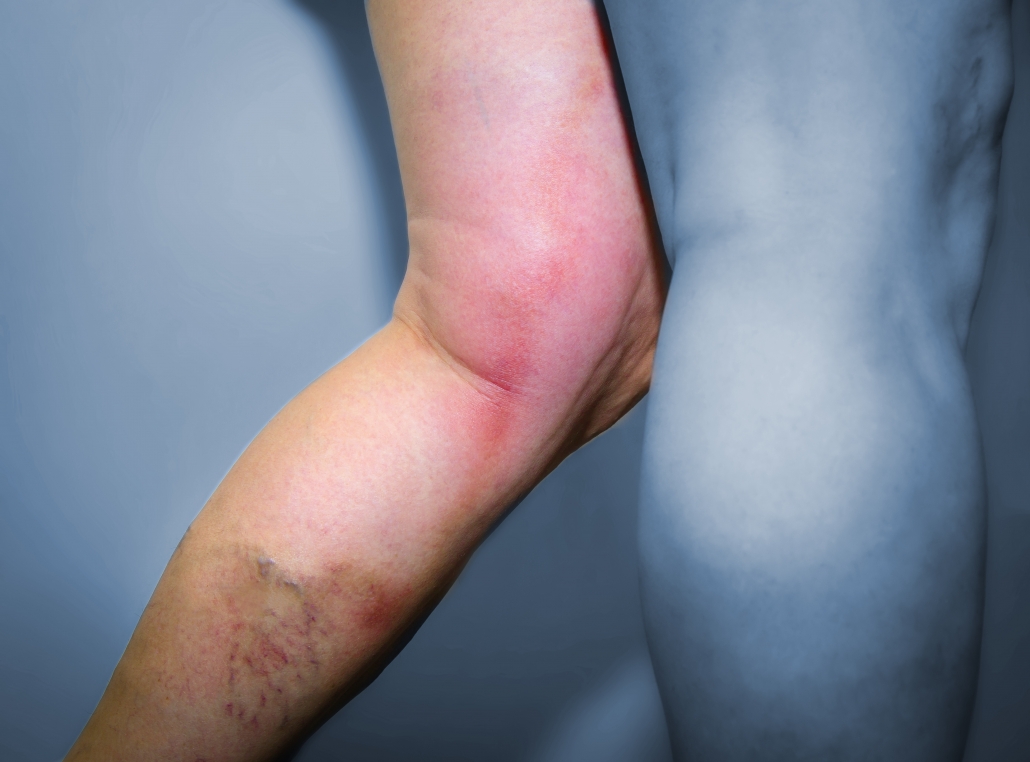Health Risks of Working-From-Home
Nisha Bunke2020-08-19T00:48:02-07:00Prolonged desk work can increase the risk of blood clots in leg veins.
As many Americans are working from home, we have received many calls from patients regarding thrombophlebitis. This is not a new scenario for us, over the years frequently patients come in for assessment of leg pain after working on their computers for 12 hours straight.
ThromboPhlebitis refers to blood clots in the leg veins and inflammation of the surrounding vein. The inflammation causes leg pain and redness of the surrounding skin. You may also feel hard lumps in the leg veins.
Inactivity, sitting for long periods of time, like sitting at your desk, working on your computer for many hours without walking or getting up for a light walk or exercise, affects the blood flow in the leg veins. Your calf muscle pump, which is used when walking and moving about helps to move blood back to your heart. Sitting for too long of periods, increases the risk of your blood pooling in the leg veins and can even form blood clots. Blood clots that form in the deep veins are serious as they can travel to the heart and lungs (deep venous thrombosis). Blood clots that form in the surface veins, are called superficial thrombophlebitis (STP). With STP, you can typically feel lumps that can be painful. People who have varicose veins, have an increased risk of developing STP especially with inactivity.
Tips to Avoid Phlebitis When Working From Home:
- Avoid sitting at your desk or computer for longer than 45 minutes without taking a break to get up and walk about.
- Try to walk at least 30 minutes a day or other exercise
- When sitting, do calf raises to pump the calf veins.
- If you have varicose veins, you should wear compression stockings during the day time.



